Mass Communication Theories and Models
Introduction
Communication theories provide frameworks for understanding how communication processes work, how messages are created and interpreted, and how individuals and societies engage in communication. These theories help us make sense of the complex dynamics involved in interpersonal, group, and mass communication. They explore various aspects, such as the influence of media, the role of individuals as senders and receivers, the impact of social and cultural factors, and the construction of meaning in communication. Communication theories enable us to examine and analyze communication phenomena, unravel underlying patterns, and gain insights into human interaction, persuasion, information flow, and the effects of media on individuals and society.
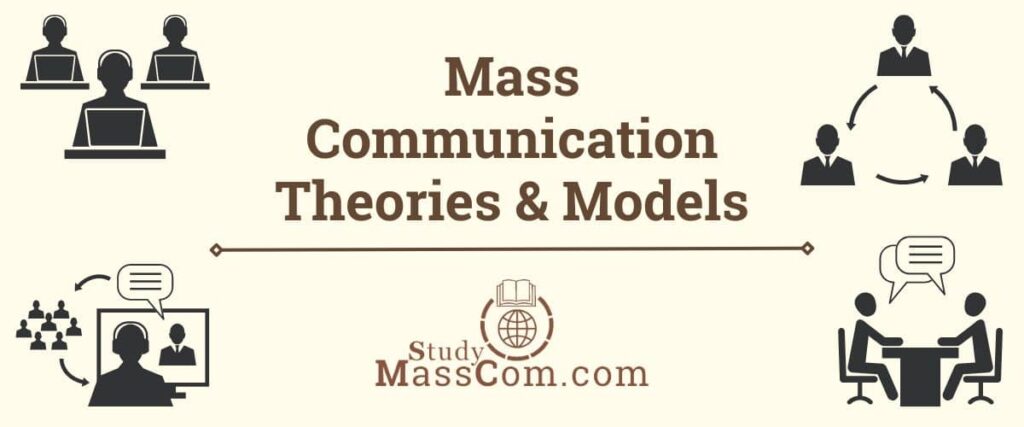
The theories we will be learning about today are:
- Magic Bullet theory or Hypodermic needle theory
- Agenda-setting theory
- Two-Step flow theory
- Multi-Step flow theory
- Uses and gratification theory
- Cultivation theory
Magic Bullet Theory: Definition and Example
The Magic Bullet Theory, also known as the Hypodermic Needle Model, is a communication theory that suggests that media messages are directly and immediately injected into the minds of passive audiences, influencing their attitudes and behaviors without any resistance or critical thinking. According to this theory, individuals are seen as passive recipients of media content, and the media has a powerful and direct effect on shaping their thoughts and actions.
However, it’s important to note that this theory has been widely criticized and is considered outdated in contemporary communication studies. Research has shown that the media’s influence is more complex and nuanced and that individuals are active interpreters of media messages, selectively engaging with content based on their own beliefs, values, and experiences. The effects of media are also influenced by various other factors, such as personal characteristics, social interactions, and cultural contexts.
Example
Let’s say there’s a television program that promotes a particular political ideology and presents it as the only valid perspective. According to the Magic Bullet Theory, individuals who watch this program would passively accept the ideology presented without question, and their attitudes and behaviors would be immediately shaped by it. For example, if the program advocates for a specific political candidate, the theory would suggest that viewers would automatically support that candidate and vote accordingly, without critically evaluating alternative viewpoints or engaging in independent decision-making.
However, in reality, the effects of media are more complex. Viewers may have pre-existing beliefs, diverse opinions, or exposure to alternative sources of information. They might engage in discussions with others, conduct independent research, or consider multiple perspectives before forming their own opinions and making decisions. The Magic Bullet Theory fails to account for the active role of individuals in interpreting and filtering media messages, as well as the influence of other social and psychological factors on their decision-making processes.
Agenda-Setting Theory: Definition and Example
Agenda-Setting Theory is a communication theory that posits that the media has the ability to influence the salience and importance of topics or issues in the public’s mind. The theory suggests that the media doesn’t necessarily tell people what to think, but rather what to think about.
According to the Agenda-Setting Theory, media outlets, through their selection, presentation, and repetition of news stories, can determine which issues receive attention and coverage. By prominently featuring certain topics and giving them extensive airtime or column space, the media can influence the public’s perception of what is significant and worthy of consideration.
The theory argues that the media’s ability to set the agenda lies in its power to influence the public’s attention and priorities. By consistently highlighting specific issues or events, the media can shape public discourse, drawing attention to certain subjects while downplaying or neglecting others.
Agenda-Setting Theory suggests that the media’s influence is not in shaping people’s specific opinions on a given topic, but rather in determining which issues occupy public consciousness. It highlights the media’s role in influencing what individuals perceive as important, relevant, and worthy of discussion or action.
Research-based on Agenda-Setting Theory has focused on examining the correlation between media agenda and public agenda, investigating how media coverage can impact the public’s perception of the most pressing issues. This theory has been widely studied and applied in the field of media and communication, providing insights into the role of the media in shaping public opinion and setting the discourse agenda in society.
Explore the differences between Cultivation Theory and Agenda-Setting Theory.
Example
Imagine there’s a local election happening in a town, and there are multiple issues at stake, such as education, transportation, and healthcare. The media outlets in the town, including newspapers, television stations, and online platforms, play a significant role in shaping the public’s perception of these issues through their coverage.
Suppose one particular media outlet consistently focuses its reporting on education-related topics. They give extensive coverage to discussions on school funding, curriculum changes, and teacher shortages. These stories are prominently featured, discussed in detail, and often reiterated through various media channels.
As a result of this media agenda, the public becomes more attuned to and concerned about education-related issues. People start engaging in conversations about the state of education in their town, expressing their opinions, and seeking more information on the topic. Political candidates also prioritize education in their campaigns, knowing it has gained significant public attention.
Meanwhile, the media coverage of transportation and healthcare topics is relatively limited, receiving less attention in comparison. Consequently, the public’s awareness and perception of these issues may not be as pronounced, and discussions around them may not be as prevalent.
In this example, Agenda-Setting Theory suggests that the media has influenced the public’s agenda by placing a greater emphasis on education-related issues. By consistently featuring and prioritizing those topics, the media has shaped public attention, making education a more salient issue in the minds of community members. The theory highlights how media coverage can impact the public’s perception of what issues are important, ultimately shaping the focus of public discourse and potentially influencing political and policy agendas.
Two-Step Flow Theory: Definition and Example
The Two-Step Flow Theory is a communication theory that proposes that media messages primarily influence individuals through interpersonal channels rather than directly from the media to the audience. This theory suggests that opinion leaders, who are individuals with influence and expertise in a particular domain, play a crucial role in shaping public opinion.
According to the Two-Step Flow Theory, media messages are first received and interpreted by these opinion leaders who are active consumers of media content. Opinion leaders then selectively filter and interpret the information, forming their own opinions. They subsequently share their opinions with others in their social networks, such as friends, family, or colleagues, through face-to-face interactions or other forms of interpersonal communication.
In this process, the influence of media messages is indirect. Individuals who are influenced by opinion leaders are more likely to adopt the opinions and attitudes presented by these leaders rather than being directly influenced by the media messages themselves. This theory emphasizes the importance of interpersonal communication and the role of influential individuals in shaping public opinion.
It’s worth noting that the Two-Step Flow Theory recognizes the active role of individuals in the communication process and acknowledges the influence of interpersonal relationships and social networks. It provides a more nuanced understanding of how media messages are disseminated and how they interact with personal influences in shaping attitudes and behaviors.
Example
Let’s say there’s a new movie that has received mixed reviews from film critics. According to the Two-Step Flow Theory, individuals who are avid moviegoers and opinion leaders within their social circles would be the first to watch the film and form their own opinions about it. These opinion leaders might be influential in their social networks due to their expertise in movies, their enthusiasm for cinema, or their reputation for providing reliable recommendations.
After watching the movie, these opinion leaders would engage in conversations with their friends, family, or colleagues, sharing their thoughts and recommendations. They might discuss the film’s strengths, weaknesses, and overall quality, and their opinions would hold weight within their social circles due to their expertise or credibility.
The individuals in these social networks would be influenced by the opinions and recommendations of the opinion leaders. They might be more likely to watch the movie based on the positive or negative feedback they receive, and their own opinions and perceptions of the film could be shaped by the discussions with the opinion leaders.
In this scenario, the media message about the movie’s quality reaches the broader audience through interpersonal channels, with opinion leaders playing a significant role in shaping the opinions and decisions of others. The Two-Step Flow Theory highlights the importance of influential individuals and interpersonal communication in the process of opinion formation and the spread of media effects.
Multi-Step Flow Theory: Definition and Example
Unlike the Two-Step Flow Theory, which emphasizes the direct influence of opinion leaders, the idea of a multi-step flow suggests that information and influence can pass through several layers or steps before reaching the wider audience. This perspective recognizes that communication can involve a more complex network of interpersonal connections and intermediaries.
In a multi-step flow model, an initial source of information or influence may reach opinion leaders or influencers, who then interpret, modify, and pass along the information to others in their social circles. These subsequent intermediaries can further interpret and transmit the information to additional layers of recipients, and the process continues until it reaches the broader audience.
The concept of a multi-step flow recognizes that communication is not limited to a single step or a direct flow from a source to an audience. It highlights the role of intermediaries, their interpretations, and their potential to shape the message as it passes through different social connections. However, it’s worth noting that the multi-step flow concept is not as extensively studied or recognized as other well-established communication theories.
You can also explore the differences between Two-Step Flow Theory and Multi-Step Flow Theory.
Example
In the context of a new movie release, Multi-Step Flow Theory can be observed. A group of friends discusses the movie after seeing a trailer on TV. One friend, who frequently watches movie reviews online, acts as the opinion leader. They share their insights, critiques, and recommendations about the movie with the group. Based on the opinion leader’s input and personal preferences, the friends decide whether or not to watch the movie. The opinion leader’s influence extends beyond the immediate group as they may share their opinion online, reaching a broader audience. The theory highlights the significance of influential individuals in shaping opinions and facilitating information diffusion through interpersonal communication channels.
Uses and Gratification Theory: Definition and Example
The Uses and Gratification Theory is a communication theory that focuses on understanding why and how individuals actively seek out and use media to satisfy their needs and gratifications. Instead of viewing media audiences as passive recipients, this theory emphasizes the active role of individuals in selecting media content to fulfill specific goals and desires.
According to the Uses and Gratification Theory, individuals engage with media for various reasons, such as entertainment, information, social interaction, personal identity, and escapism. They consciously choose specific media channels, programs, or platforms based on their perceived ability to fulfill these needs and gratifications. In other words, people use media as a means to achieve certain outcomes or satisfaction.
This theory suggests that individuals are active agents who engage in a dynamic process of media selection and usage, driven by their personal motivations and preferences. It recognizes that people have different needs and they seek different gratifications from media, and these preferences can vary across individuals and situations.
The Uses and Gratification Theory has practical applications in media research and analysis. It helps researchers understand the motivations behind media consumption patterns and provides insights into how media can be designed or tailored to better meet the needs of audiences. It also highlights the importance of audience segmentation and recognizing the diverse reasons why people engage with media.
Overall, the Uses and Gratification Theory shifts the focus from the media’s effects on individuals to the active role individuals play in selecting and using media to satisfy their needs and gratifications.
Example
Let’s say there’s a group of friends who regularly gather to watch a popular television show. Each person in the group has different motivations and gratifications they seek from watching the show.
One individual may watch the show primarily for entertainment purposes. They enjoy the storyline, humor, and excitement it brings, using it as a way to relax and unwind after a long day.
Another person in the group may watch the show for informational gratification. They are interested in the cultural references, the historical accuracy, or the scientific concepts explored in the episodes. They seek to learn something new and expand their knowledge through the show.
A third individual might engage with the show for social gratification. They view it as an opportunity to bond with their friends, discuss plot twists, and share reactions. The social interaction and sense of belonging they experience while watching the show with others is a primary motivation for their media consumption.
Lastly, another person might watch the show for escapism. They appreciate being transported to a fictional world and experiencing a temporary escape from their everyday stresses and worries.
In this example, the individuals in the group actively select and engage with the television show based on their specific needs and gratifications. Each person has distinct motivations, ranging from entertainment and information to social interaction and escapism. The Uses and Gratification Theory highlights the importance of understanding these individual motivations and how they influence media consumption patterns.
Cultivation Theory: Definition and Example
Cultivation Theory is a communication theory that examines the long-term effects of media exposure on individuals’ perceptions of reality. Developed by George Gerbner, the theory suggests that prolonged exposure to media, particularly television, shapes individuals’ beliefs, values, and attitudes, influencing their view of the world.
The central idea of Cultivation Theory is that heavy exposure to media content, characterized by recurring themes, narratives, and portrayals, gradually cultivates individuals’ perceptions of social reality. The theory argues that the more time people spend watching television, the more their perceptions align with the distorted depictions and values represented in media content.
According to Cultivation Theory, the “cultivated” perceptions primarily revolve around violence, crime, and a generally fearful outlook on society. Gerbner referred to this as the “mean world syndrome,” where individuals exposed to a significant amount of violent media content tend to perceive the world as more dangerous and hostile than it actually is.
The theory suggests that media acts as a powerful socializing agent, shaping individuals’ beliefs and perceptions by providing a consistent and repetitive representation of social realities. However, it’s important to note that Cultivation Theory focuses on the cumulative effects of media exposure over time, rather than immediate or direct effects.
Cultivation Theory has sparked numerous studies examining the relationship between media consumption and individuals’ beliefs about violence, crime, gender roles, and more. It provides valuable insights into the potential influence of media on shaping our collective understanding of social realities. However, it has also faced criticism for oversimplifying the complex relationship between media and audience, neglecting individual differences, and downplaying other influential factors in the formation of beliefs and attitudes.
Example
Let’s consider a scenario where an individual frequently watches crime-based television shows. Over time, they are exposed to a consistent portrayal of crime, violence, and law enforcement in these programs.
As per Cultivation Theory, this prolonged exposure to crime-related media content may gradually cultivate the individual’s perception of social reality. They may start perceiving the world as a more dangerous place, believing that crime and violence are more prevalent than they actually are in their immediate surroundings.
For instance, despite living in a relatively safe neighborhood, the individual may become overly concerned about personal safety and harbor a heightened fear of becoming a victim of crime. They might develop a perception that their community is rife with criminal activities, even if local crime statistics suggest otherwise.
This cultivated perception could influence their behavior and decision-making. They may adopt precautionary measures, such as installing multiple security systems or being wary of engaging with strangers. They might also develop a more negative or suspicious outlook towards others, assuming that everyone poses potential threats.
This example demonstrates how Cultivation Theory suggests that consistent exposure to particular media content can shape an individual’s beliefs and attitudes about the world, specifically in the context of crime and safety. The theory highlights the cumulative and long-term effects of media consumption on our perceptions of social reality, potentially leading to distorted understandings of the world around us.
You can also read about the Media Dependency Theory, its strengths and weaknesses.

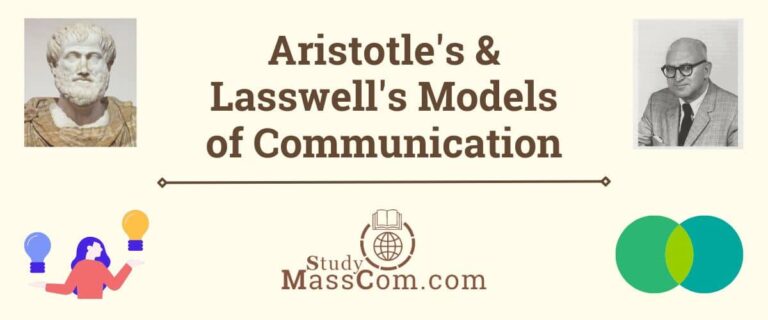
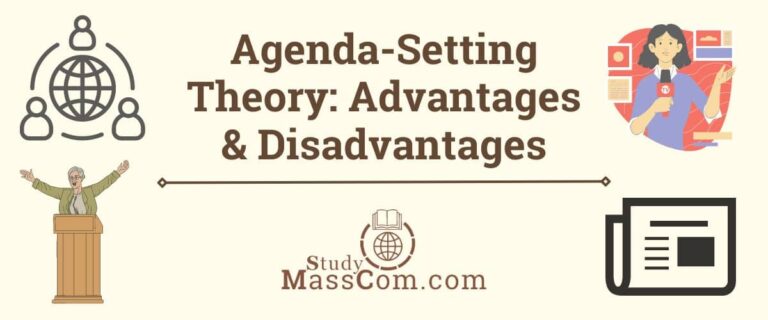
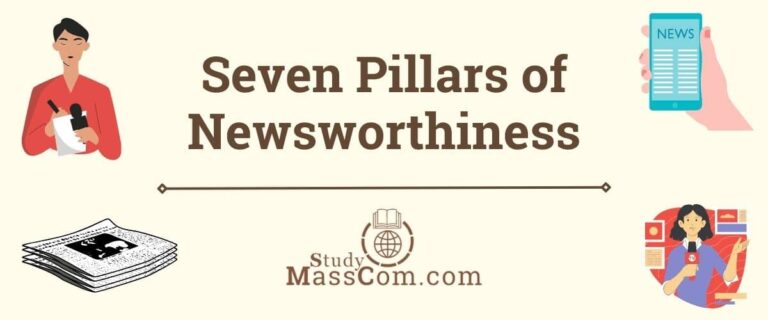
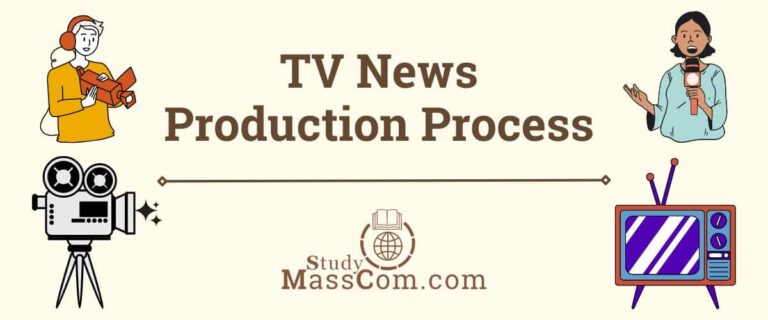
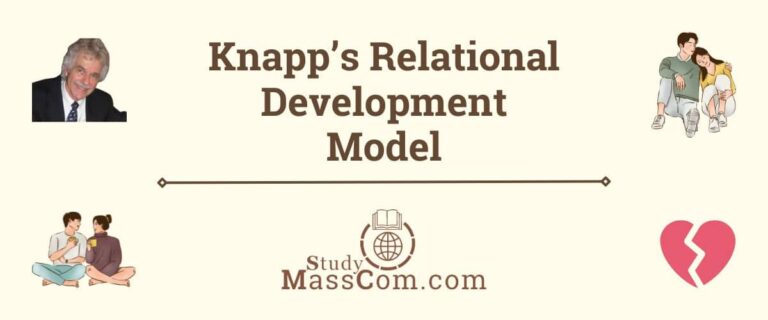
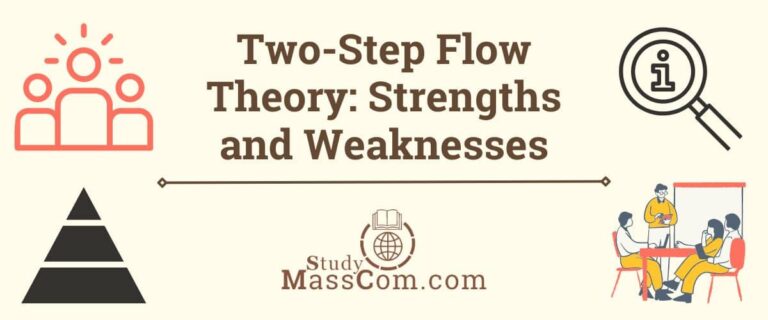
Great 👍 piece
So helpful in my assignment
Great research 👌